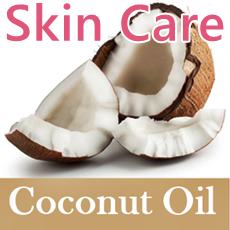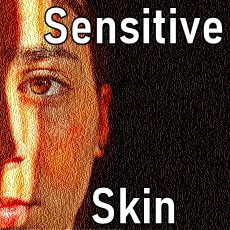Arthritis
Arthritis: symptoms, types, causes, treatment
Fact Checked
×All the content published in our website is fact checked to validate its accuracy.
Visit our guidelines web page to learn more about our strict processes regarding how we review our content's sources: reliable and reputable journals, media websites, universities, colleges, organizations, and professionals.
Our articles are based on scientific evidence, and the references are included in its footnotes, which are clickable links to sound scientific papers.
First published: 12.Sept.2023
Overview
Arthritis is a disease that affects the joints, causing swelling, stiffness and pain. There are over one hundred different types of arthritis with different causes and treatments.
It is quite common and affects millions of Americans of all ages.
Understanding arthritis can improve your life quality, help you seek medical counsel and take positive decisions about the treatment, lifesytle changes and how to manage it better. Here you will learn more about this condition, the types, symptoms and causes of arthritis as well as some treatment options.
References and Further Reading
National Institute of Arthritis and Musculoskeletal and Skin Diseases Arthritis. Arthritis. Last Reviewed Nov. 2022. Accessed: Sept. 12, 2023.
Linda Rath (2022), What Is Arthritis?. Arthritis Foundation. Updated June 9, 2022
Mayo Clinic. Arthritis. Aug. 29, 2023, Mayo Clinic Staff.
About this Article
Arthritis, A. Whittall
©2023 Fit-and-Well.com, 12 Sept. 2023. Update scheduled for 12 Sept. 2025. https://www.fit-and-well.com/health/arthritis.html
Tags: arthritis, gout, osteoarthritis, collagen, rheumatoid arthritis, arthritis-osteo, degenerative joint disease, cartilage.



